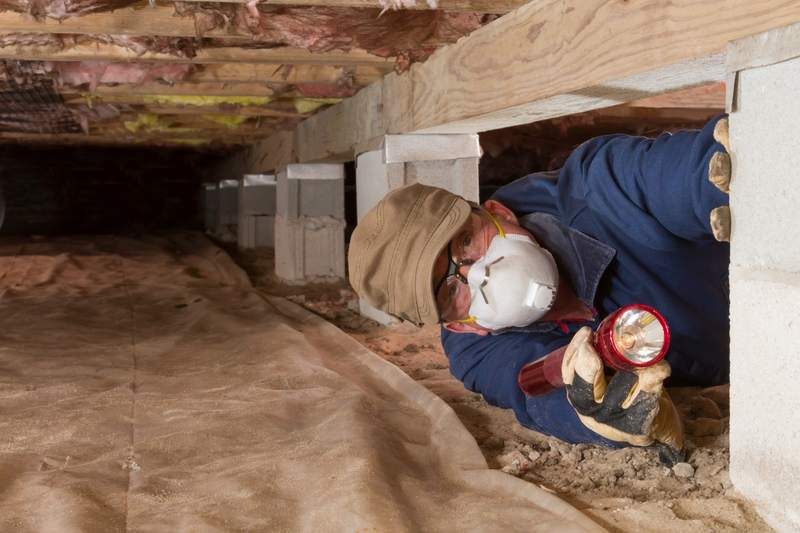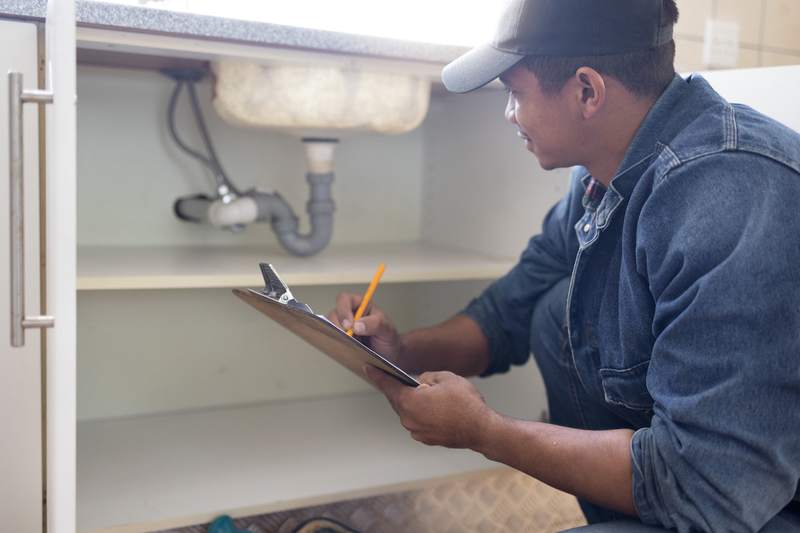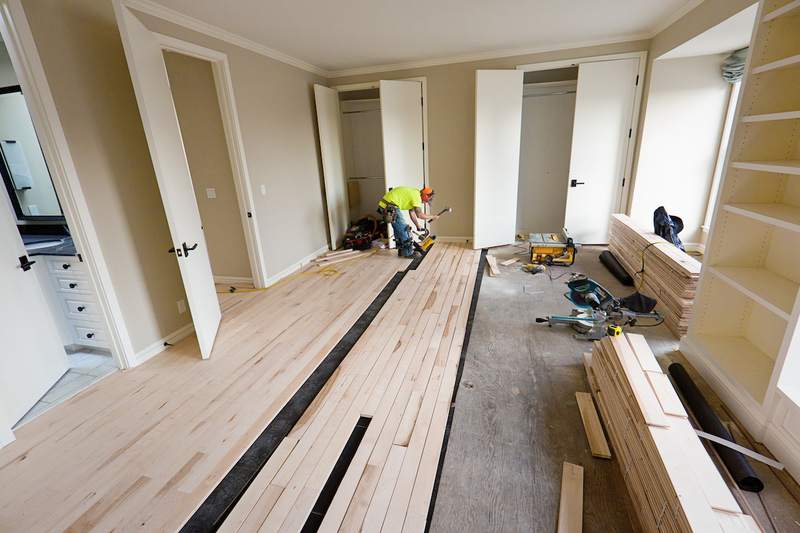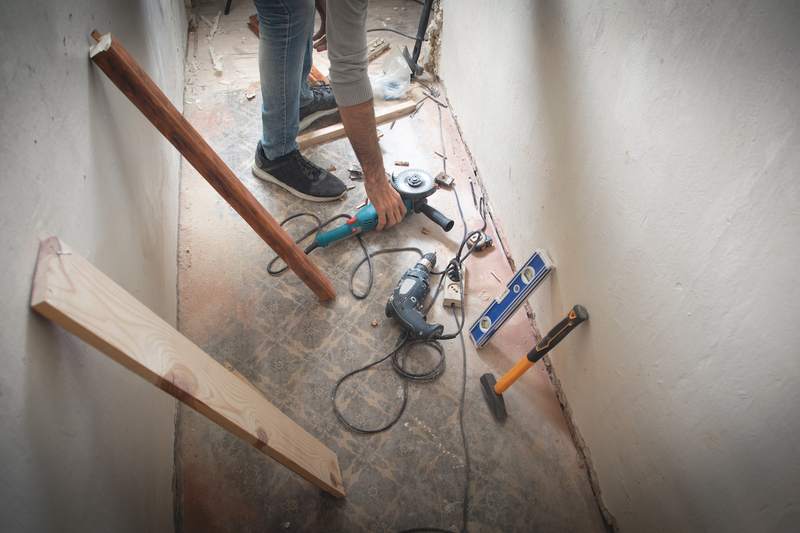
Loft apartments’ open spaces and urban locations have long attracted buyers who want a home they can adapt to their needs. But there are drawbacks to living in a loft, so it’s important to understand the benefits and pitfalls of loft living before deciding if buying one is right for you.
How To Buy a Loft Apartment
If you love the idea of living in this type of space, you are probably ready to ask, Can you buy a loft apartment? If you’re eager to purchase and you need financing, the first step is to connect with a mortgage lender.
For the most part, loft apartments are considered residential properties that are eligible for mortgage financing. If you’re buying a hard loft that’s been converted, there may be additional obstacles and requirements to meet, depending on your lender.
Where To Find Loft Apartments for Sale
A knowledgeable real estate agent with experience in your area can help you find lofts for sale.
Don’t forget to look at developers who are building new-construction homes. New complexes often accept offers before construction is complete.
Search engines and real estate websites also can help you find lofts for sale. Specialized websites for condos and loft buying also may be helpful.
How Much Do Loft Apartments Cost?
The value of a loft will vary depending on where you want to live and the condition of the loft you’re hoping to buy. In major cities like Chicago and New York City, lofts cost millions of dollars. In other areas, they can be much more affordable.
Pros and Cons of Loft Apartments
Consider both the pros and cons of living in a loft before you decide to buy one.
Advantages of buying a loft
Most of the advantages of a loft apartment relate to its open space and urban location.
Layout and design
If you’re looking for a space that allows for creativity and lacks restrictions, a loft could be right for you. The open floor plan can give you the freedom to arrange your office space, bedrooms, and living room any way you like.
Features
Loft apartments typically have large windows that sometimes extend from the ceiling to the floor. Also, lofts are frequently found in high-rise, commercial-style buildings. That means a lot of natural light may come into the loft, which can be a draw for homebuyers. Other features include industrial-style elements, such as exposed brick and piping.
Square footage
Lofts often are larger than typical apartments. High ceilings add to the open feeling, making lofts appear spacious and big.
Disadvantages of buying a loft
Lofts also come with some inconveniences and drawbacks you should be sure you can live with before deciding to buy one.
Rules and amenities
Many lofts are in buildings governed by a homeowners association, which collects dues to pay for common costs and sets rules that may limit how you can use your space. “You should get to know these rules and regulations in detail, and try to be sure whether you can comply with them,” says David Tully, a real estate agent based in Reno, Nevada.
Energy efficiency
Older lofts sometimes are not as energy-efficient as new construction. “The brick walls, concrete floors, and large windows often let in too much heat or cold, especially when the loft has not been properly designed,” Tully says. “When shopping, you need to know what energy-saving features the loft contains.”
Storage
Lofts don’t always include the closet space you would find in a single-family home. Living in a loft might require you to be creative with how you store your things.
FAQ
These are the answers to frequently asked questions about buying a loft apartment.
More From itsHome:
- What Is a Loft Apartment?
- Wants vs. Needs vs. Must-Haves: A Homebuyers Checklist
- What Is a Brownstone?
- ‘Hidden’ Costs of Living In a Brownstone
- Alternative Financing Options When Mortgage Rates Are High
- What Is a Conventional Loan and How Do You Get One?
- Mortgage Checklist: What Do You Need To Apply For a Home Loan?











